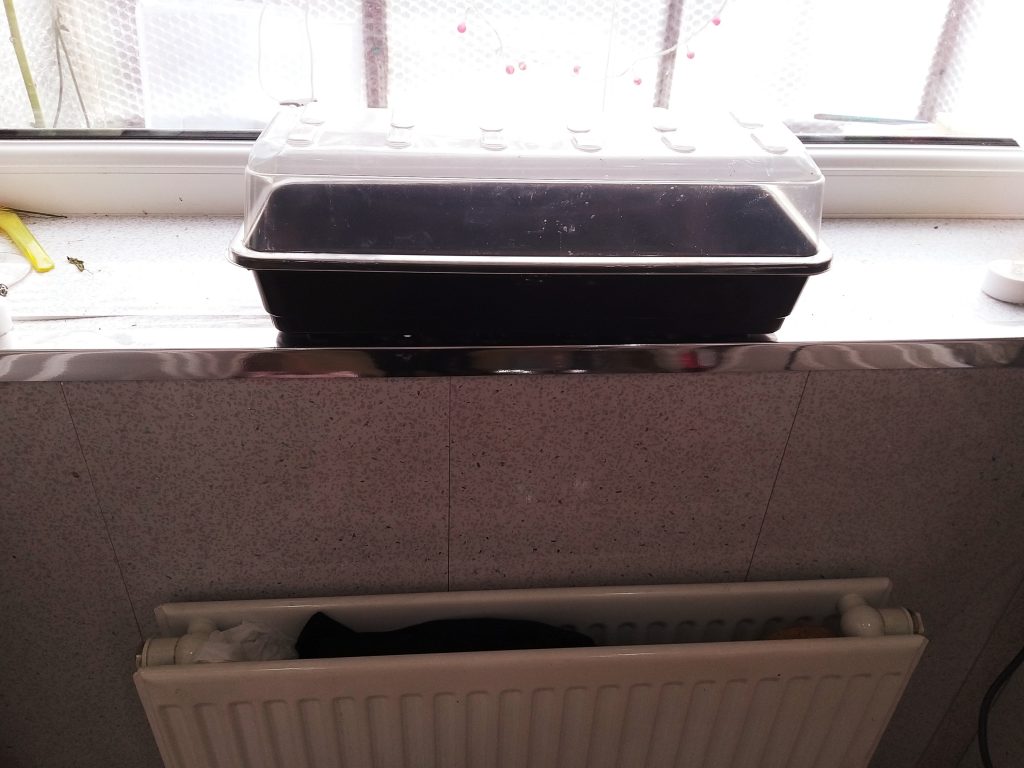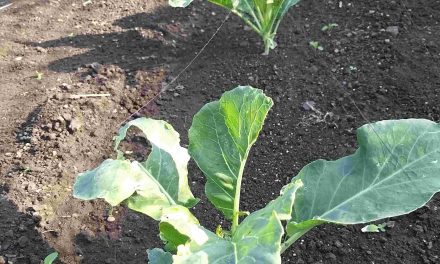O after Christmas we’ll have no need to go searching
For the difference that sets an old phrase burning.
We’ll hear it in the whispered argument of a churning
Or in the streets where the village boys are lurching.
And we’ll hear it among decent men too
Who barrow dung in gardens under trees,
Wherever life pours ordinary plenty.
Won’t we be rich, my love and I, and
God we shall not ask for reason’s payment,
The why of heart-breaking strangeness in dreeping hedges
Nor analyse God’s breath in common statement.
We have thrown into the dust-bin the clay-minted wages
Of pleasure, knowledge and the conscious hour
And Christ comes with a January flower.
Patrick Kavanagh
By Gordon the Gardener
January is the beginning of the gardener’s year when it is time to sow seed in the greenhouse. But make sure the inside of the greenhouse has been thoroughly cleaned before you begin. Regular cleaning of the windows outside will let more light in.
Seeds can be sown early to good advantage including onions; sweet peas; geraniums; dahlias; delphiniums; basil; begonias tuberous and bedding types; chillies and aubergines; petunias and anthuriums.
Seed placed in boxes of John Innes seed compost and placed in a heated propagator or on a heat mat set at 65F (18C). The greenhouse temperature should be set lower at around 50F (10C).
I like to sow my onions one by one in Jiffy 7s – they are like coins until soaked in water, they then expand to the size of a thumb. I then place them 2in apart (5cm) in seed boxes of potting compost.
A window box propagator is a cheap alternative. It can be simply placed near a radiator in the kitchen by the kitchen window – easy peasy, lemon squeezy!


Towards the end of the month start to bring in pots of spring flowering bulbs such as narcissus ‘Tête-à-tête’ into the greenhouse. A few at a time will ensure a continuous supply right into spring. Autumn-rooted fuchsias and pelargonium cuttings can also be potted on.
Now let’s look at shrubs that flower in January. Jasminum is a lovely sight in January but begins to flower from November.
There are really hardy ones, Jasminum nudiflorum, grown up a wall so shoots grow where the bright yellow flowers show themselves.
Next on the list is witch hazel, with its colour and scent, a shrub to delight. They are available in colours of yellow, red and orange. They like well drained land with PH neutral 7 to acid. So there should be no problem in this area as we do not have a chalk soil.
A favourite of mine Mahonia japonica is a wonderful shrub. The golden yellow flowers brighten up the winter days from November to March. They don’t need any special requirements and put on a spectacular winter show.
READ MORE: Gordon the Gardener writes every month for Huddersfield Hub. Catch up HERE.
Then there is Viburnum Tinus. With pink flowers, again a well-drained humus rich land is all they require.
Heathers need no introduction. Flowering all through the winter they come in a range of colours and are a great ground cover plant.
They like a slightly acidic soil to grow well with a PH of 6.5 or less. Ideally 5.5. Place 10in (25cm) apart to provide excellent ground weed free cover. Plant in March, a trowel width 25cm (10in) apart.
For best effect plant in irregular blocks of the same variety and colour. Several of the same can be planted this way.
Finally, are you all ready for a haggis hunt, on Burns Night on Wednesday January 25?


















